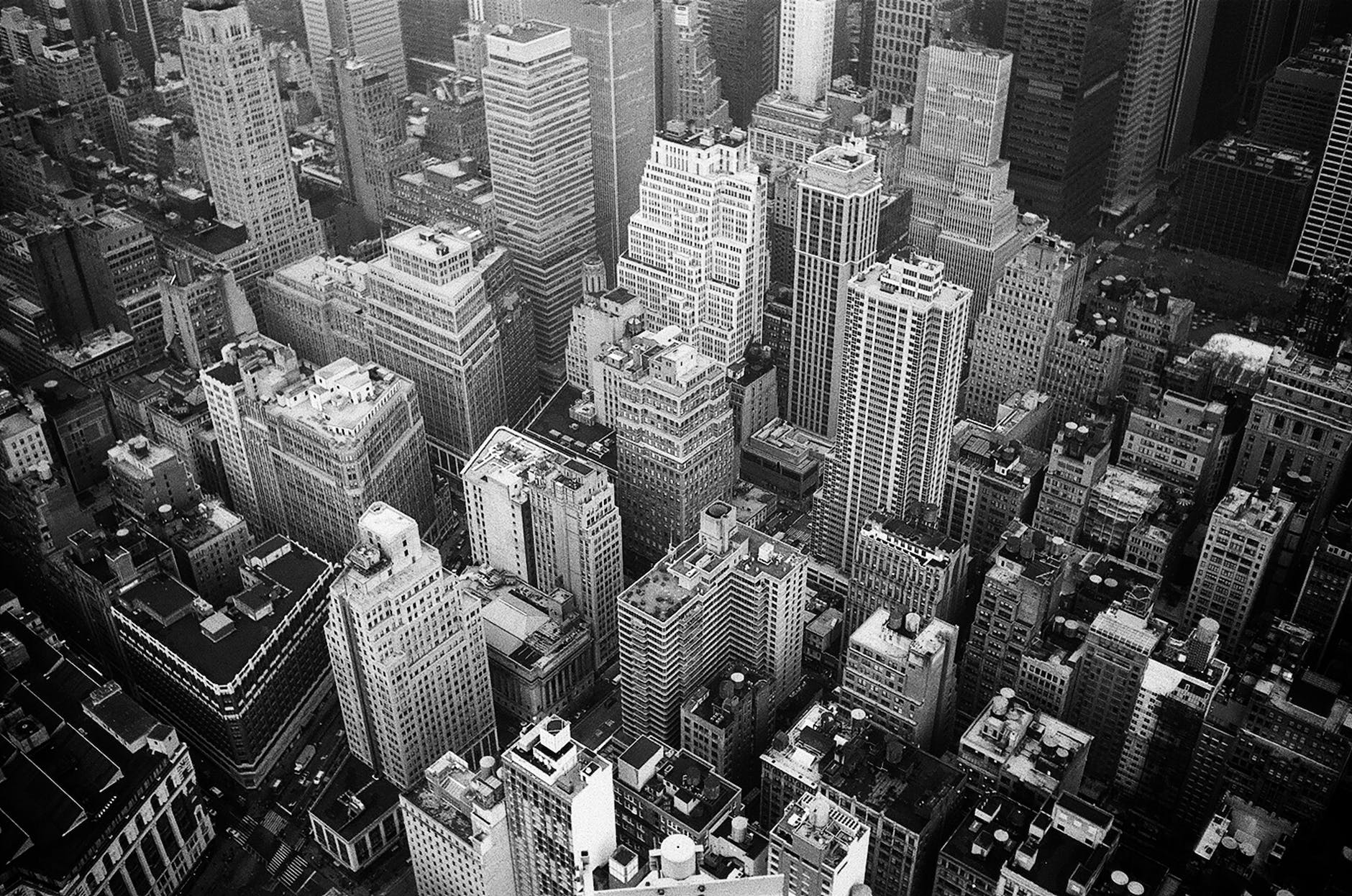
Urban development is becoming increasingly important as the world’s population urbanizes. Creating cities that can meet the needs of current generations without compromising the well-being of future ones is a pressing challenge. We can create sustainable urban environments that seamlessly blend nature, technology, and human well-being by researching strategies like green infrastructure, urban planning, and smart city technologies.
Sustainable Infrastructure:
Green infrastructure refers to the integration of natural components into the structure of urban places, such as parks, green areas, and urban forests. Cities can lessen the impact of the heat island effect, lower air pollution levels, and enhance overall air quality by planting more trees and other plants. Additionally, green spaces offer possibilities for leisure, exercise, and relaxation, improving the quality of life for city people. Green infrastructure promotes biodiversity by providing a habitat for a variety of plant and animal species, which helps maintain ecological harmony in urban areas.
Urban Design:
Sustainable development is greatly aided by effective urban planning. Compact, mixed-use communities encourage walking and reduce reliance on automobiles, lowering greenhouse gas emissions and traffic congestion. Promoting environmentally friendly modes of transportation including public transportation, bike lanes, and pedestrian-friendly walkways helps to further lessen the impact of urban commuting on the environment. Urban planning should place a high priority on inclusivity and accessibility to make sure that all inhabitants, regardless of age or ability, can access their neighborhoods.
Intelligent City Technologies:
Technology developments offer enormous potential for building more intelligent, more sustainable cities. Resource allocation, energy efficiency, and urban services are all improved by smart city technologies using data and analytics. In order to improve resource management and save operating expenses, sensors, and Internet of Things (IoT) devices can monitor resource usage, waste generation, and traffic flow. Intelligent transportation systems optimize traffic flow and use less fuel, while smart grids and energy-efficient buildings also help to cut energy usage.
Collaboration with the community:
Collaboration between stakeholders and strong community involvement is essential for successful sustainable urban development. A more inclusive and culturally suitable set of solutions can be reached by involving locals in the planning process and taking into account their opinions and suggestions. Public-private partnerships are also necessary for funding and implementing sizable sustainability projects since they pool resources, skills, and knowledge for a more comprehensive approach.
In order to create resilient and prosperous communities, sustainable urban development is not simply a lofty ideal but rather a necessity. We can design metropolitan areas that are ecologically responsible, socially inclusive, and economically prosperous by combining green infrastructure, wise urban planning, and cutting-edge smart city technologies. Such cities will not only improve the standard of living for its citizens but will also help create a more sustainable and just future for all people. Let’s embrace the idea of sustainable development as we continue to influence the urban environment and collaborate to create greener, more intelligent cities for future generations.